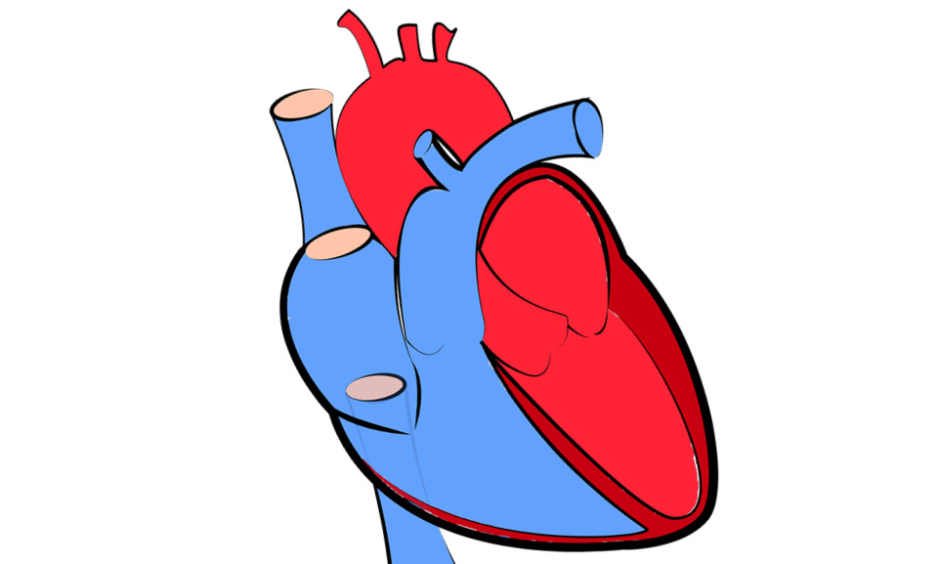NEW therapies for cardiovascular disease could be developed following research showing that tissue regeneration is promoted by pharmacologically modifying the extracellular matrix of cardiomyocytes. The study, conducted by the Center of Regenerative Medicine Barcelona (CMR[B]) in collaboration with the Institute of Bioengineering Catalonia (IBEC) and the University of Barcelona, Barcelona, Spain, also revealed the window of regeneration to be 2 days after birth in neonatal mice, narrower than previously thought.
Regeneration Ability Tested
Earlier studies, focussing on the regeneration potential of cardiomyocytes and their ability to proliferate, theorised that heart regeneration could occur up to 7 days after a wound in neonatal mice whilst their heart cells were still developing. To test this, the researchers removed cardiomyocytes from the hearts of neonatal mice, observing their capacity to regenerate from 24 hours to 9 days after birth.
They observed that the ability of the heart to regenerate ended 48 hours after birth, showing that the neonatal heart’s regenerative capacity did not depend solely on the proliferation potential of cardiomyocytes.
Stiffness of the Extracellular Matrix
Next, a transcriptomic and mechanical analysis of the heart at 24 and 48 hours after birth was carried out to assess any differences between these two time-points. This revealed that there was a significant increase in the stiffness of the extracellular matrix surrounding the cardiomyocytes at 48 compared to 24 hours. The heart’s regeneration capacity was then increased by up to 3 days after birth by decreasing this stiffness pharmacologically.
Dr Daniel Navajas, IBEC, commented: “Our results suggest that the composition and stiffness of the extracellular matrix are a limiting mechanism when it comes to the regenerative competence of the mammal heart, which becomes an interesting line of research to work on.”
New Treatments
Through establishing the narrower time-frame in which the heart can regenerate in neonates, it should now become easier to pinpoint responsible mechanisms for the process in future research. Additionally, the team believe the findings could lead to new treatments for cardiovascular diseases that decrease the stiffness of the cellular microenvironment to promote heart regeneration.
James Coker, Reporter
For the source and further information about the study, click here.







